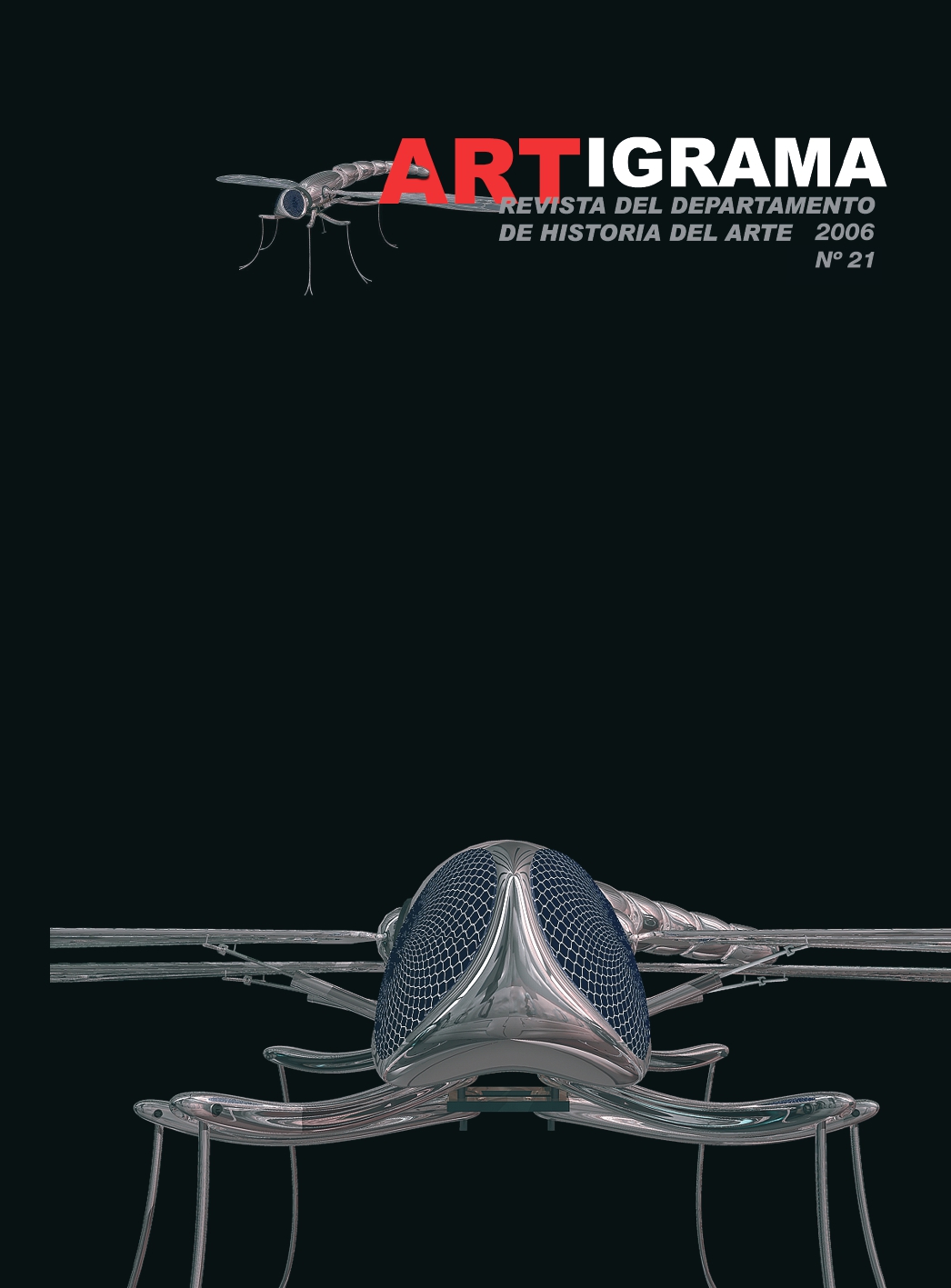La Gran Exposición de Londres de 1851. Un nuevo público para el mundo
DOI:
https://doi.org/10.26754/ojs_artigrama/artigrama.2006217999Resumen
La Gran Exposición de 1851 supuso la conquista de un nuevo público para el espectáculo moderno. El edificio construido para albergar la selección industrial de las naciones participantes consagró una nueva mirada, ya no reservada exclusivamente a las clases altas. Una serie de condicionantes, como fueron la revolución en los transportes, la bonanza económica, las conquistas sociales y la reducción del precio de entrada, permitieron que las clases trabajadoras, agricultores y obreros, se incorporasen como público. Junto a esto, un conjunto numeroso de extranjeros llegaron hasta Londres para visitar el Crystal Palace. El mundo estaba cambiando, la cultura se hacía accesible a un bajo precio, y el viaje se estaba convirtiendo en un hábito social. Las exposiciones universales fueron el punto de encuentro de una serie de intereses que convergieron en lo que se llamaría el turismo.
The Great Exhibition of 1851 supposed the conquest of a new public for the modern spectacle. The building constructed to lodge the industrial selection of the taking part nations dedicated a cautious piece of news already not reserved exclusively to the high classes. A series of determinants, since there were the revolution in the transports, the economic fair weather, the social conquests and the reduction of the price of entry, allowed that the hard-working classes, farmers and workers, should join as public. Along with this, a numerous set of foreigners came up to London to visit Crystal Palace. The world was changing, the culture was becoming accessible at a low price, and the trip was turning into a social habit. The universal exhibitions were the point of meeting of a series of interests that converged on what would be called the tourism.
Descargas
Referencias
AIMONE, L. y OLMO, C., Le Esposizioni Universali 1851-1900. Il progresso in scena, Turín, 1990.
AUERBACH, J. A., The Great Exhibition of 1851. A Nation on Display, Yale University, 1999.
BUENO FIDEL, M.ª J., Arquitectura y nacionalismo. Pabellones españoles en las Exposiciones Universales del siglo XIX, Málaga, 1987.
COMMENT, B., The Panorama, Londres, 1999.
DE DIEGO, E., «Dibujando mapas / recorriendo mapas / tachando mapas. Algunas subversiones cartográficas y otros disturbios en la geografía colonial de Occidente», en La Multiculturalidad en las Artes y en la Arquitectura, XVI Congreso Nacional de Historia del Arte, Las Palmas, 2006, pp. 97-116.
DE ROBERSART, J., Cartas de España por la condesa J. de Robersart, 1863.
LEAPMAN, M., The World for a shilling, Londres, 2001.
MÉNDEZ RODRÍGUEZ, L. «La imagen del turista en las sociedades visitadas. La iconografía del turista en España», en La Multiculturalidad en las Artes y en la Arquitectura, XVI Congreso Nacional de Historia del Arte, Las Palmas, 2006, pp. 113-122.
PLAZA ORELLANA, R., El flamenco y los románticos. Un viaje entre el mito y la realidad, Sevilla, 1999.
PLAZA ORELLANA, R., Bailes de Andalucía en Londres y París (1830-1850). Madrid, 2005.
The comercial tourist; or, Gentleman Traveller, segunda edición 1832.
The Modern British Traveller: or, tourist’s pocket directory, de George Alexander Cooke, publicada en Londres entre 1802 y 1810.
The scientific tourist through England, Wales and Scotland, 1818.
«The World’s Great Assembly», English Monthly Tract Society Publication. London, J. F. Shaw, 1851, pp. 10-11.
Descargas
Publicado
Número
Sección
Licencia

Esta obra está bajo una licencia internacional Creative Commons Atribución-NoComercial 4.0.


